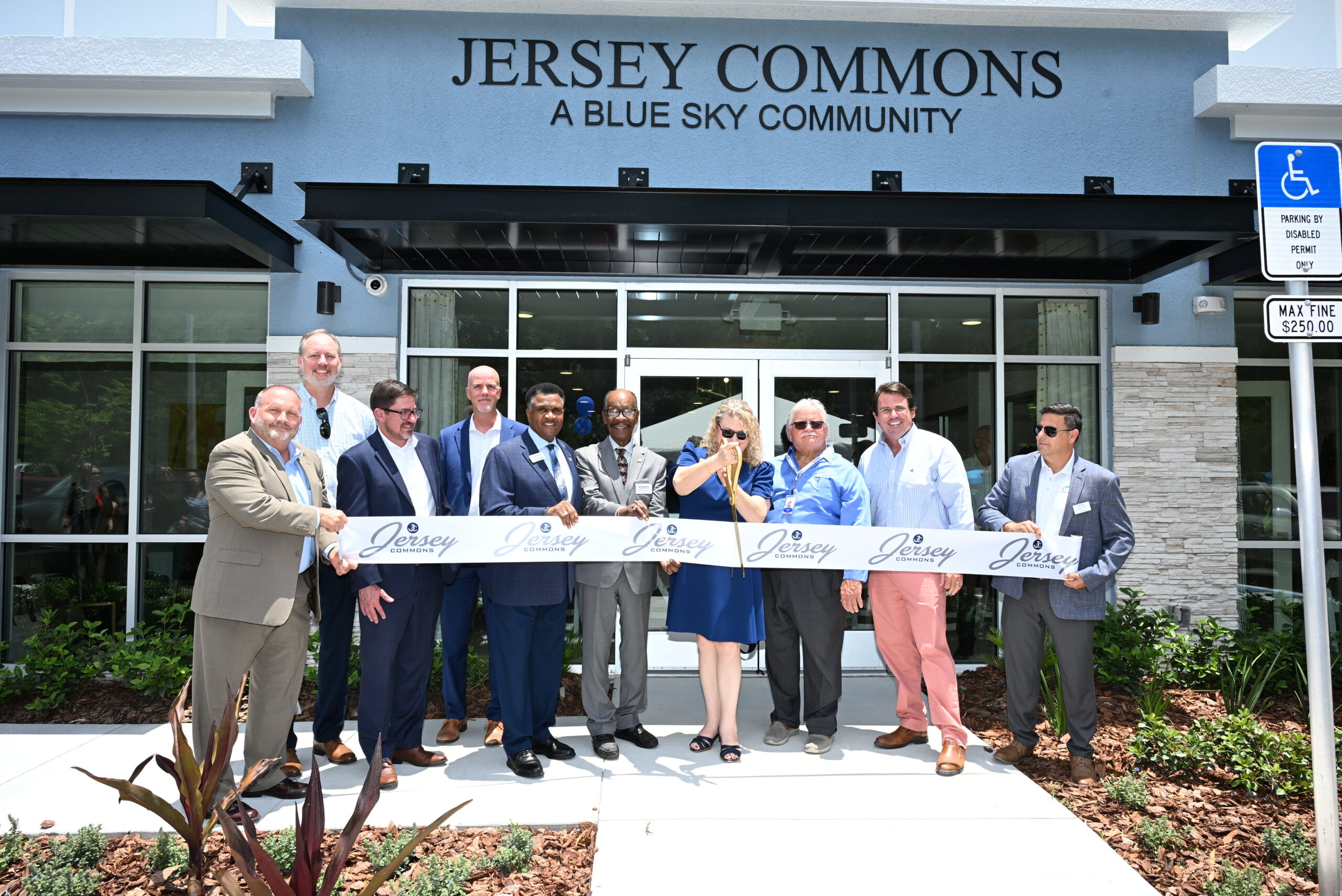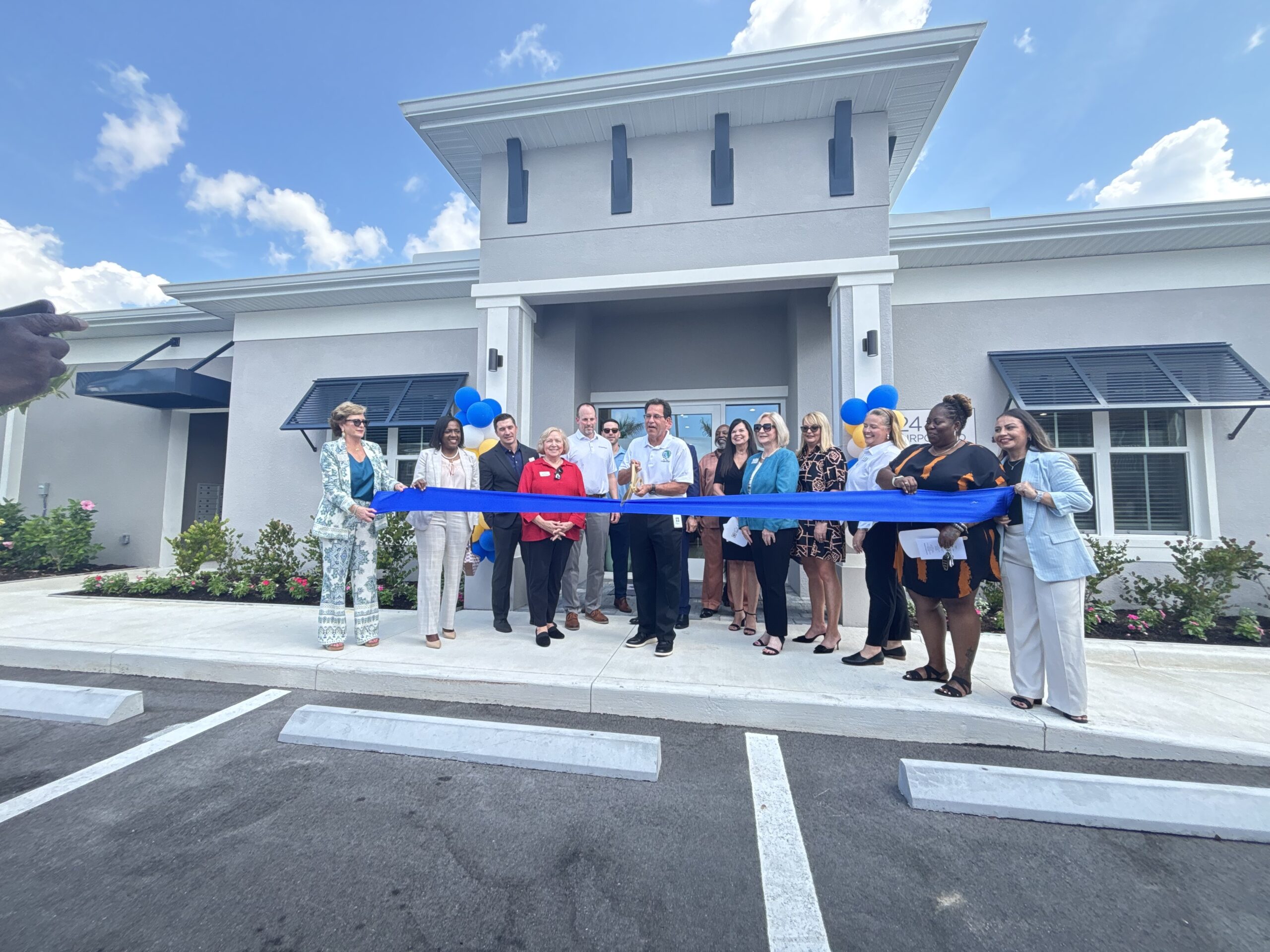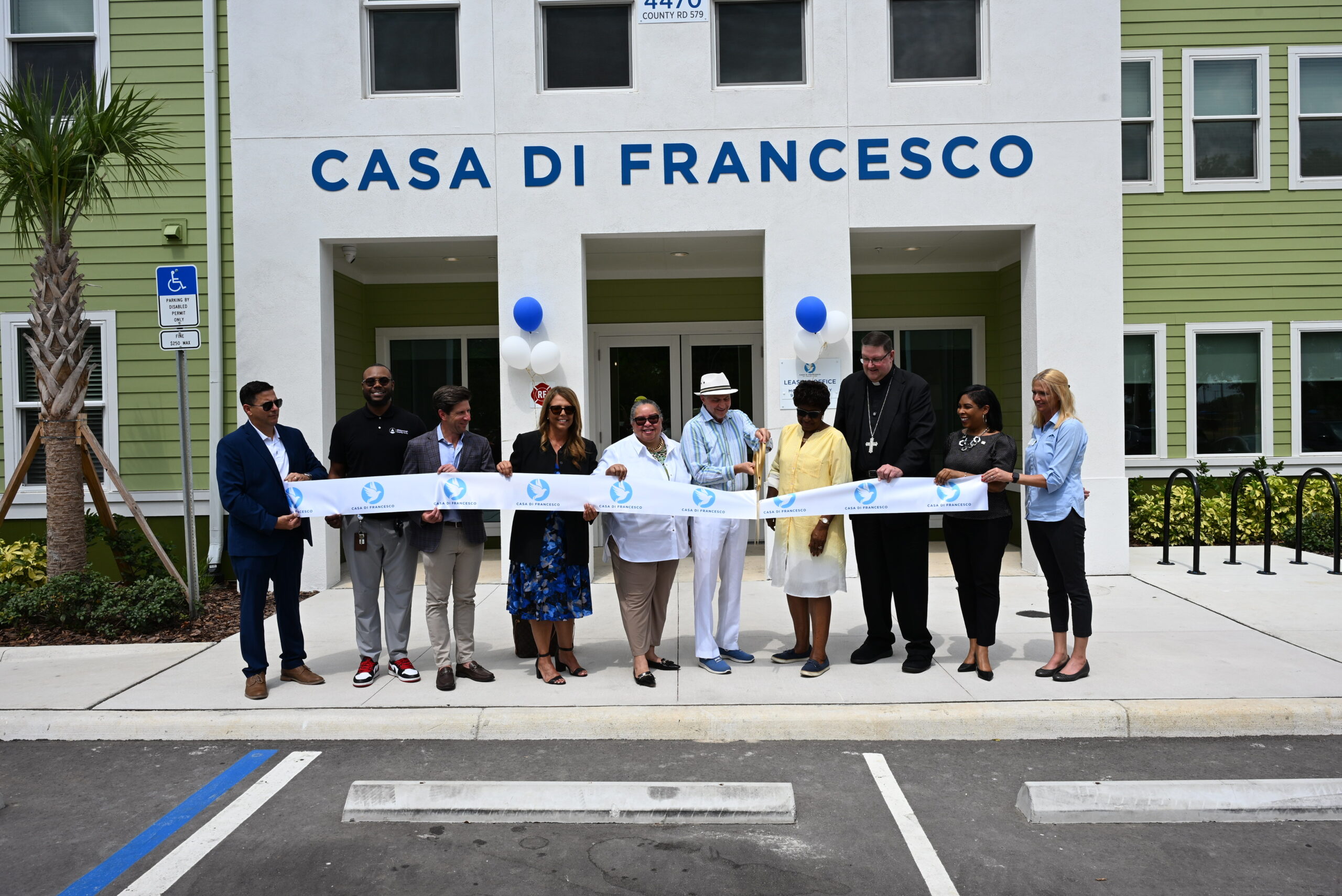A new study from UCLA reveals there has been a significant increase in severe traumatic injuries related to scooter accidents. Many of these accidents require major surgery.
“As surgeons who work in an urban trauma center, we’ve seen an increase in scooter-related injuries in the emergency room and around the university campus,” says study senior author Dr. Peyman Benharash, in a media release. “The question is: How do we manage them and why is there such a surge?”
The study, conducted by researchers at UCLA and Loma Linda University, utilized data from the National Inpatient Sample (NIS) to analyze scooter-related injuries from 2016 to 2020. They found that hospitalizations for scooter-related injuries nearly tripled during this period. With over half of these patients requiring major operations.
Key findings reveal that scooter-related injuries are more likely to occur among individuals under 18 years of age and are more frequent during winter months. Patients injured in scooter accidents also had a higher likelihood of undergoing major surgeries, particularly those involving orthopedic and head injuries. Notably, scooter riders were more prone to long bone fractures or paralysis compared to bicycle riders. Although risks of traumatic brain injury were similar between the two groups.
Hospitalization costs for both bicycle and scooter-related injuries saw a nearly five-fold increase from $6.6 million in 2016 to $35.5 million in 2020.
The study points out unique injury patterns in scooter accidents, including more frequent impacts to the chest wall or cardiothoracic area, differing from bicycle injuries. Given these findings, researchers urge health care leaders to promote scooter-related injury prevention efforts and enhance community safety.
“Considering the increasing popularity of scooters and the rise of associated injuries, it is crucial to elevate safety standards for riders and advocate for improved infrastructure,” says Cho. “Things such as enforced speed limits and dedicated lanes for scooters are vital to minimize the risk of injuries to vehicles, scooter riders, and pedestrians alike. We believe our findings should urge health care leaders to take a stand and empower themselves in championing prevention strategies for scooter-related injuries and promoting a safer community.”
Researchers acknowledge there are some limitations in their study due to the use of the NIS database, which may not provide detailed data on individual injuries. Factors such as helmet use, presence of multiple riders, use of intoxicants, and specific details of collisions were not accounted for in the study.
Despite these limitations, the study serves as a pressing call for heightened safety measures and prevention strategies in response to the growing trend of scooter use and the rising tide of related severe injuries.
The study is published in the Journal of the American College of Surgeons. Story attributed to StudyFinds.





























